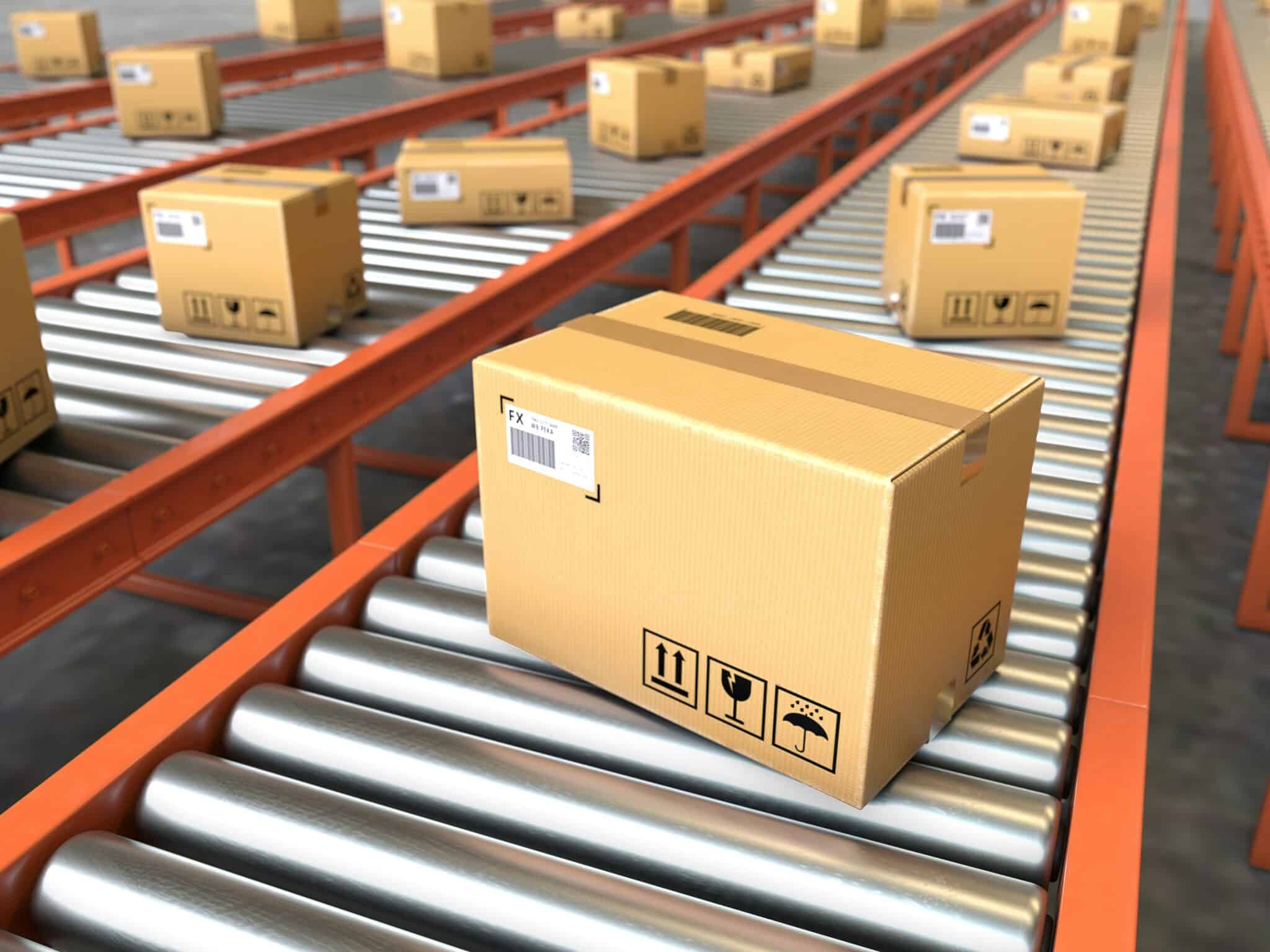Supply chains are always evolving to meet company needs and bring about greater efficiency. And though 2020 has introduced new challenges for supply chains — all but stopping them in many cases for a number of months — general evolution in this space is not stopping. It’s with that in mind that we want to look at five interesting trends we’re seeing in supply chains.
1 – Growing Influence of Data
Among Anna Guðbjörg Cowden’s ‘Three Questions to Answer Before Upgrading Your Supply Chain’ were the questions of where your data is and how it’s managed. These are questions that speak to the expanding influence of data on supply chains — which may not be a new trend, but is certainly an ongoing one. In years past, the idea of gathering significant data about supply chain operations might have seemed like a luxury, or an extra effort. Today though, with our improved capacity to gather, manage, and analyze information, a comprehensive data operation can improve supply chain operations in myriad ways. From tracking assets, to monitoring equipment, to assessing human performance, data is increasingly becoming the beating heart of the modern supply chain.
2 – Advanced Fleet Tracking
Some version of fleet tracking has been part of supply chain management for many years. Basic GPS, for example, has long been part of the picture. Now, however, more advanced tracking measures can bring about new heights of efficiency. Verizon Connect’s Simon Austin-Beckett wrote about fleet management with this specific topic in mind, and described modern fleet-tracking systems that go well beyond GPS. Today, Beckett explained, companies can track locations, monitor driver behavior, and keep tabs on vehicle conditions. The same systems can also track individual assets and even keep an eye on sorting and loading equipment in warehouses. All in all, today’s fleet tracking can provide significantly more insight into all levels of the supply chain, enabling targeted adjustments and quick, logical solutions.
3 – More Applications of A.I.
Applications of artificial intelligence relate to both of the points above, in that AI can help to gather and make sense of data, and can also play a role in the fleet tracking process. But it’s worth thinking of AI as its own category as well, simply because of how broad and significant its impact can be. Joe McKendrick discussed AI on ZDNet and cited a McKinsey study indicating that 61% of executives have reported decreased costs related to AI — and 53% have even mentioned increased revenue! It’s difficult to connect these findings to any one specific function, because AI can be applied in numerous ways. By and large though, the potential of AI to analyze massive amounts of data, suggest and implement solutions, and human workers significant time and effort, makes its application one of the most significant trends in supply chains.
4 – Blockchain Usage
We’re also beginning to see and hear more about blockchain technology with respect to how it can be used in supply chains. First associated with cryptocurrency, the blockchain has become better known as a technology that can reliably store information, and bring unrivaled transparency to transactions of all kinds. In the supply chain, blockchain tech can be used specifically to track inventory through each step of the process. This can give suppliers, shipping companies, and customers alike more clarity regarding product movement.
5 – Emphasis on Sustainability
For a few years now it’s been getting clearer that consumes genuinely value sustainability. And it’s believed that this is going to start impacting supply chains more frequently. Per an article on consumer sustainability preferences by MH&L, 54% of “sustainability leaders” at apparel and textile brands have seen growing demand for sustainable products specifically in the aftermath of the COVID-19 outbreak. Add this to numerous surveys in recent years indicating a majority of consumers having a preference for sustainable products, and the direction we’re moving in is clear. In order to meet these demands and market to these preferences, more companies will be taking steps to ensure that they can demonstrate clean, sustainable approaches in their supply chains.
Exclusively written for agrdynamics.com




